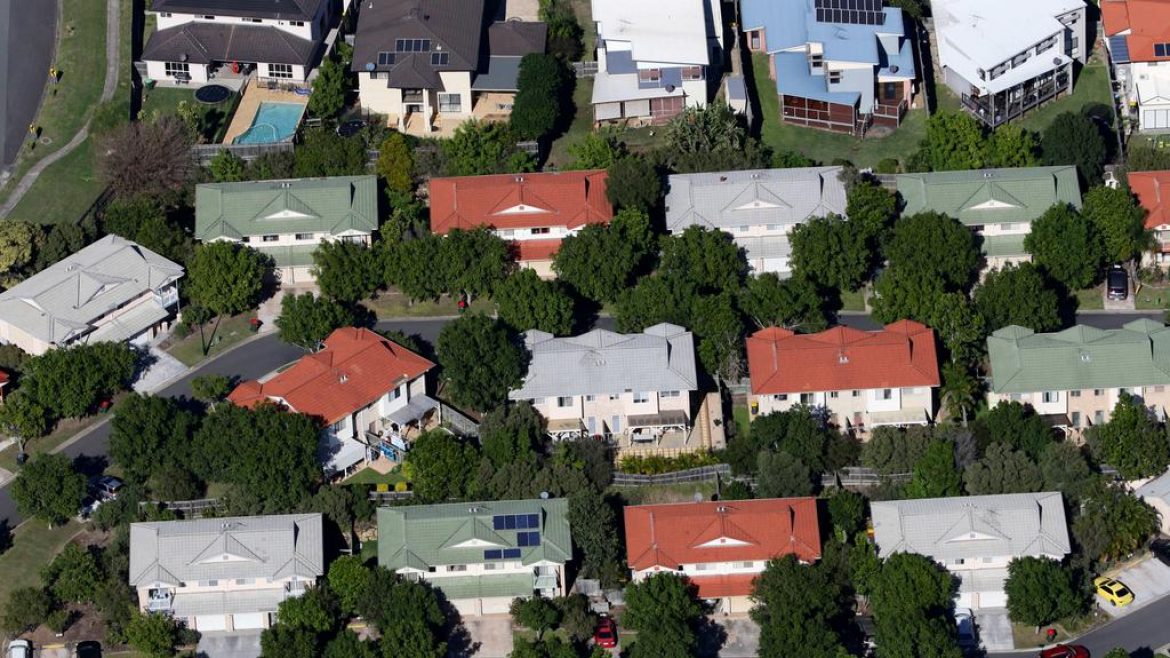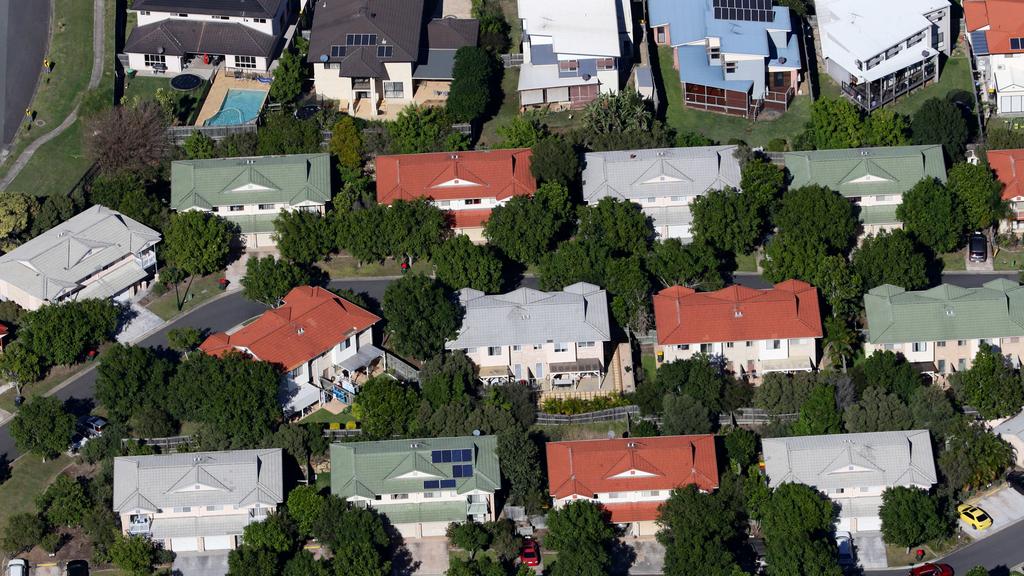
Brisbane’s recession-proof suburbs have been revealed. Picture: Darren England.
BRISBANE’S recession-proof suburbs have been revealed, with some of the city’s most overlooked middle and outer areas poised to lead a housing market recovery in the wake of COVID-19.
Suburbs such as Macgregor, Mount Gravatt East and Moorooka could rebound faster from the present downturn than the traditionally bulletproof blue-chip suburbs.
Data provided by CoreLogic showed the performance of capital city and regional housing markets three years after the global financial crisis (GFC) and identified the suburbs that outperformed despite the economic shock.

This house at 153 Splendour Rd, Rochedale, is for sale. Rochedale home values rose 14 per cent post-GFC.
Property Investment Professionals of Australia chairman Peter Koulizos said the best-performing suburbs post-GFC in Brisbane were mostly located in outer suburbs.
Home values in Rochedale, 17km southeast of Brisbane’s CBD, rose more than 14 per cent in the three years between December 2008 and December 2011 — the best performing housing market in the city post-GFC.
The housing market in the neighbouring suburb of Macgregor was also resilient during the period, with home values rising more than 9 per cent at the end of 2011.
Interestingly, home values in the south Brisbane suburb are also tipped to recover strongly from the COVID crisis.
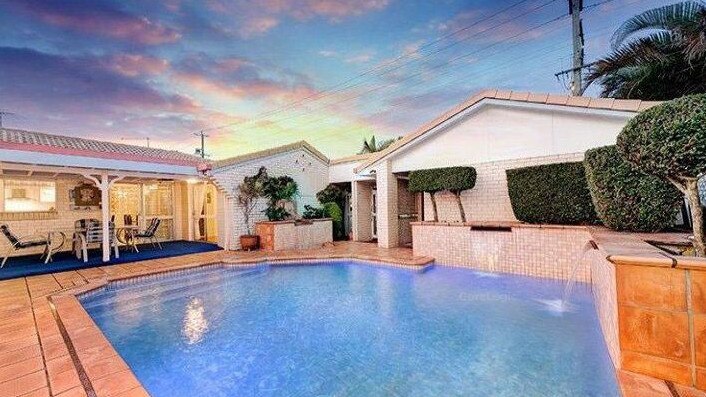
This house at 500 Mains Rd, Macgregor, is for sale. Home values in Macgregor rose 9 per cent post-GFC.
Alderley, 7km north of Brisbane’s CBD, was an exception to the outer suburb trend, recording a 9 per cent rise in median house prices during the downturn.
Mr Koulizos said the suburbs likely to recover fastest from the current downturn were likely to be middle-ring suburbs that offered more affordable property prices than their inner-city counterparts, but with a similar standard of facilities.
Those suburbs could include Kenmore, Macgregor, Moorooka, Mount Gravatt East and Stafford, he said.
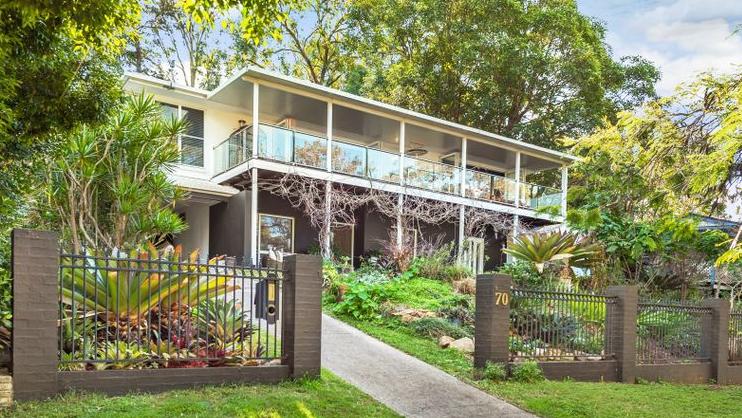
This house at 70 Mornington St, Alderley, is for sale. Alderley home values rose 9 per cent post-GFC.
“Across Greater Brisbane, with the potential increase in people who work from home, the outer regions will also be on the radar of buyers and investors,” he said.
“This will partly be due to affordability considerations, but also lifestyle factors such as being closer to the water in the Redcliffe or Redlands regions or the chance to live on acreage in parts of Logan or Ipswich.
“The Gold and Sunshine coasts are also set to strengthen from local and interstate buyers who decide to prioritise lifestyle and opt to make a sea or tree-change sooner rather than later.”
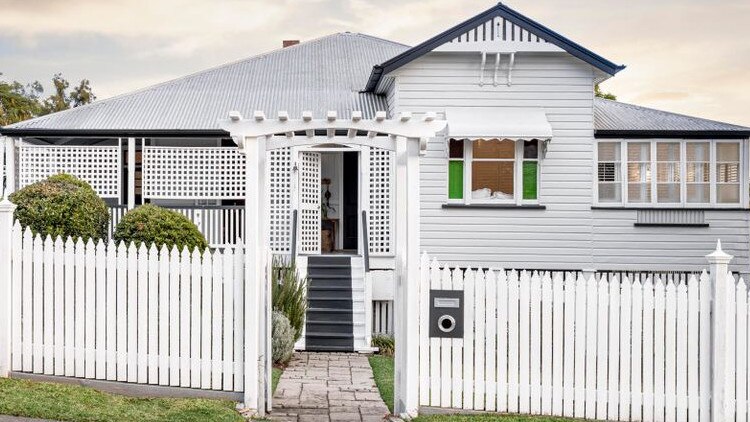
This house at 6 Robinson Rd, Moorooka, has just gone under contract.
But Mr Koulizos said it was “impossible” to forecast exactly which suburbs would fare better than others post-pandemic.
“It’s vital to always consider the underlying fundamentals of a location when investing in property for the long-term, such as infrastructure and access to schools and amenities,” he said.
CoreLogic head of research Tim Lawless also believes suburbs within Brisbane’s middle and outer ring, at the lower end of the price spectrum, are likely to rebound the strongest after the pandemic — particularly those close to main arterial roads and train stations.
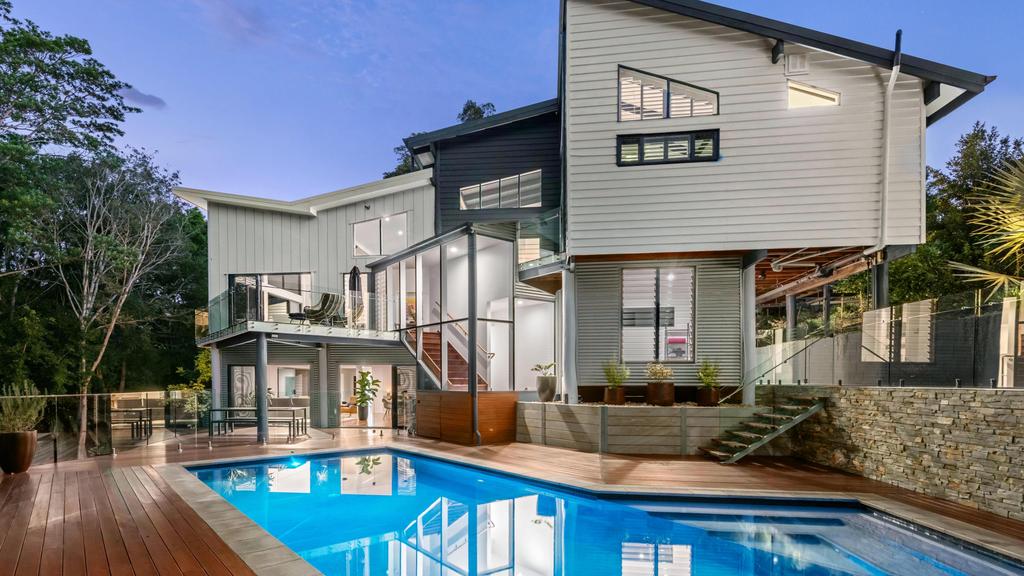
This house at 19 Shannan Plc, Kenmore, just sold for $1.9 million.
Mr Lawless said transport options in a suburb was often a driver of stronger capital gains.
“As a legacy of COVID, it may be the case that more people are seeking lower-density housing options,” Mr Lawless said.
“Many of the areas with a relatively affordable price tag are located further from the city where transport into the city centre may take some time, although commuting times may be less of a priority if there is lasting willingness from employers to allow staff to work remotely.”
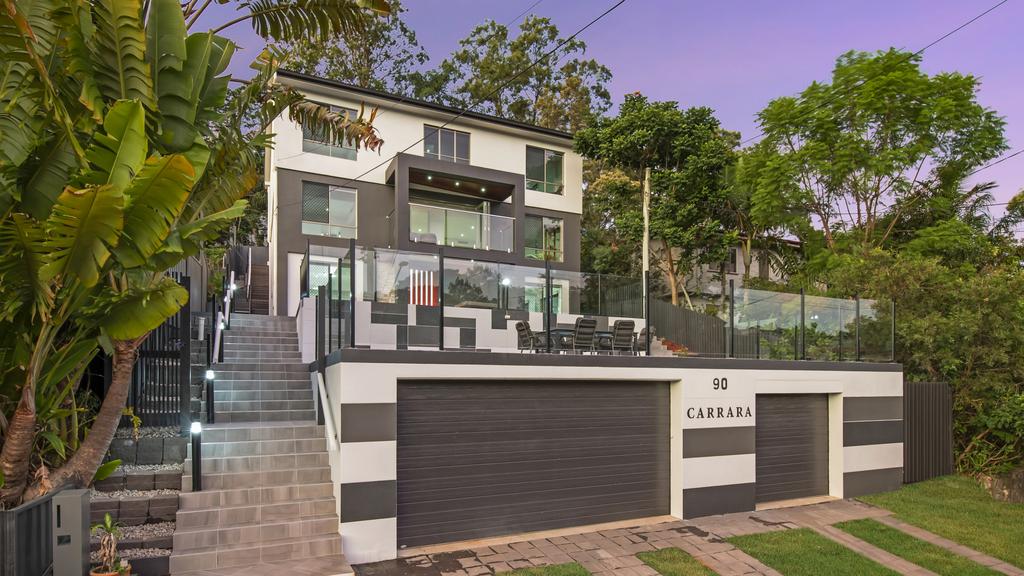
This five-bedroom house at 90 Carrara St, Mt Gravatt East, is for sale. Mt Gravatt East has been tipped to bounce back from the current recession.
Mr Lawless said Queensland’s housing market recovery post-COVID would be slightly different to the GFC.
“After the GFC, interest rates were coming down from higher levels, but we can’t do that now, so we won’t see the stimulating factor of interest rates falling because they are already super low,” he said.
“The economy at the time was also benefiting from the mining boom. There was strong demand from China for resources and that had a substantial postive impact on regional Queensland in particular.
“Where the similarity is much more appropriate is that it was a time when there was a lot of stimulus in the market, particularly for first-home buyers, and that’s something we should expect going forward.”
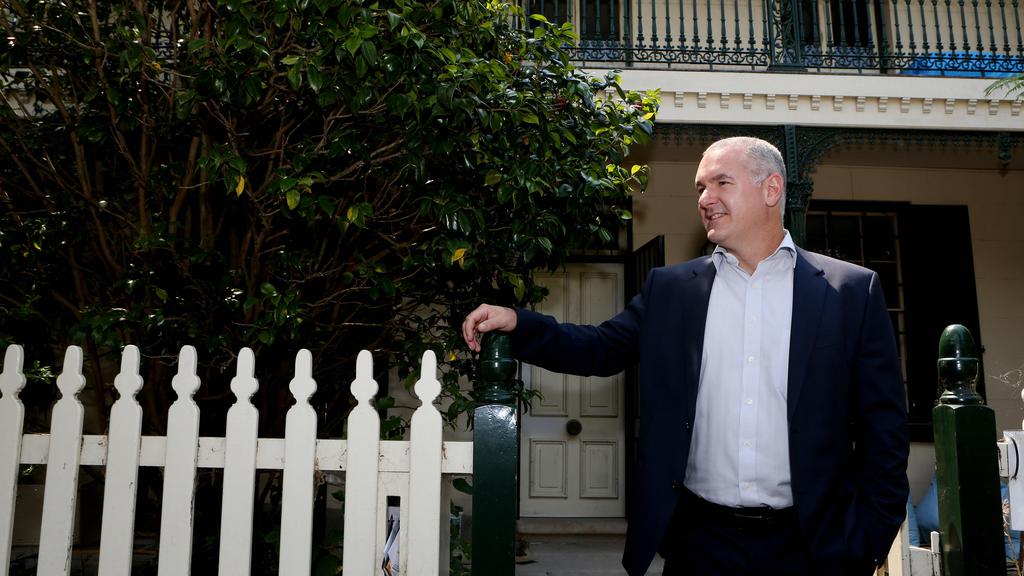
CoreLogic head of research Tim Lawless.
Mr Lawless said it was likely more housing incentives would be announced in the upcoming federal budget, which would apply to newly constructed homes and first-home buyers.
“With that in mind, areas that will probably show a better performance coming in to next year are those popular with first-home buyers and those benefiting from people looking to build new properties,” he said.
The best Queensland regional performer in the wake of the GFC was Moranbah, which recorded a 33 per cent surge in home values between December 2008 and December 2011.
“Areas such as mining towns, where economic conditions are dependent on a single industry, are much more likely to experience bursts of price rises or falls because of the strength or weakness of their dominant industries,” Mr Lawless said.
“While many of these mining regions recorded spectacular capital gains post-GFC, a few years later many of these same regions recorded a crash in home values.”
FIVE BRISBANE SUBURBS SET TO LEAD THE RECOVERY POST COVID-19
Suburb Median home value
Kenmore $731,648
Macgregor $764,910
Moorooka $671,281
Mount Gravatt East $666,321
Stafford $643,843
(Source: PIPA/CoreLogic)
BRISBANE’S TOP 5 RECESSION-PROOF SUBURBS POST-GFC
Suburb % change in home values Dec 2008 to Dec 2011 Dec 2011 Median Value
Rochedale 14.1% $1,006,729
Macgregor 9.4% $521,145
Alderley 9.2% $528,021
Shorncliffe 8.8% $589,049
McDowall 8.5% $543,464
(Source: CoreLogic)
The post The QLD suburbs where house prices outperform in a downturn appeared first on realestate.com.au.

